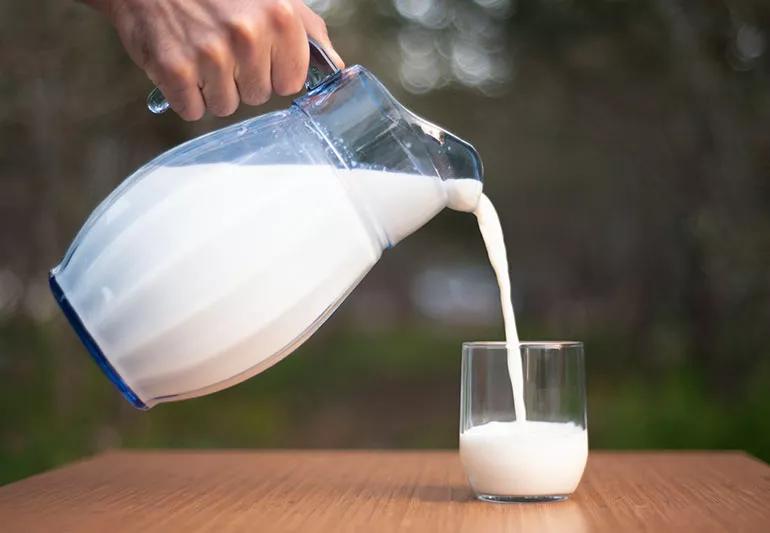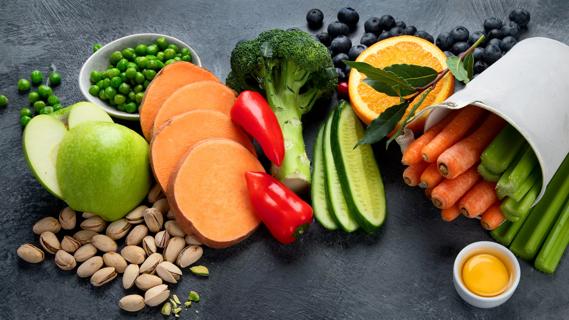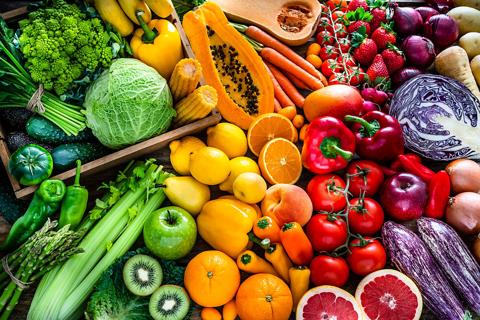Bacteria can cause serious illness

Some people prefer unpasteurized — or raw — milk and milk products, believing they offer more nutrients, cause fewer allergies and promote health.
Cleveland Clinic is a non-profit academic medical center. Advertising on our site helps support our mission. We do not endorse non-Cleveland Clinic products or services. Policy
Yet the Centers for Disease Control and Prevention reports that unpasteurized milk is more likely than pasteurized milk to cause foodborne illness that can lead to hospitalization.
“A little processing goes a long way in preventing the illnesses associated with raw milk,” says Erin Rossi, RD, LD. “Pasteurizing milk — heating it to 161 degrees for just 20 seconds — kills any and all bacteria.”
It’s been more than 120 years since Louis Pasteur came up with this fail-safe process for killing the bacteria raw milk can harbor, including Salmonella, E. coli and Listeria.
Most healthy people recover quickly from the vomiting, diarrhea, abdominal pain and flu-like symptoms these bacteria cause.
But older people, children, pregnant people and those with weak immune systems can quickly get very sick. Symptoms can become chronic, severe and even life-threatening.
Seek care promptly if you become ill after consuming a raw milk product— especially if you’re pregnant. Listeria can cause miscarriage and fetal or newborn death.
Most U.S. milk and milk products contain pasteurized milk or cream or were processed in a way that destroys bacteria. But you can still find products made with raw milk, including:
So, take a minute to read a product’s label to make sure you see the word “pasteurized.” If it’s not there, the product may contain raw milk.
Take special care with milk products sold at farm stands or farmer’s markets. Don’t buy them unless you can confirm they’ve been pasteurized.
Myths persist about pasteurization and raw milk. Here are the facts:
Milk is a family staple for good reason. The calcium it contains helps build strong bones and teeth while keeping your heart beating, blood clotting and muscles and nerves functioning. The protein it provides helps strengthen muscles and prevents their breakdown.
“Our food supply is among the safest in the world, but it’s not always risk-free,” says Rossi. “Foodborne illnesses are preventable with proper handling and processing — including pasteurization, which minimizes risks while preserving vital nutrients.”
Learn more about our editorial process.

A well-balanced diet with anti-inflammatory foods can help reduce flare-ups and severity of psoriasis symptoms

This vital nutrient helps your brain and body in many ways — and most of us need more of it

This powerful carotenoid can help with your eye and skin health, LDL reduction and cognitive function

Wrapped or sandwiched, try to choose fillings and condiments that are minimally processed, low in saturated fat and high in fiber

Beyond the usual offenders like garlic and onions, foods like red meat, fish and spices can cause a stink effect as well

Found in colorful foods like spinach, corn and oranges, this carotenoid helps with eye, skin and liver health

Found in an abundance of foods, potassium is an electrolyte that helps your muscles contract and acts as a counterbalance to sodium

There are several vitamins and mineral supplements that many people can benefit from — but it’s important to consult with a healthcare provider before you start one

Your metabolism may torch 1,300 to 2,000 calories daily with no activity

A gentle touch in all the right places may help drain your sinuses